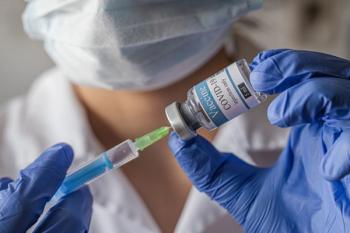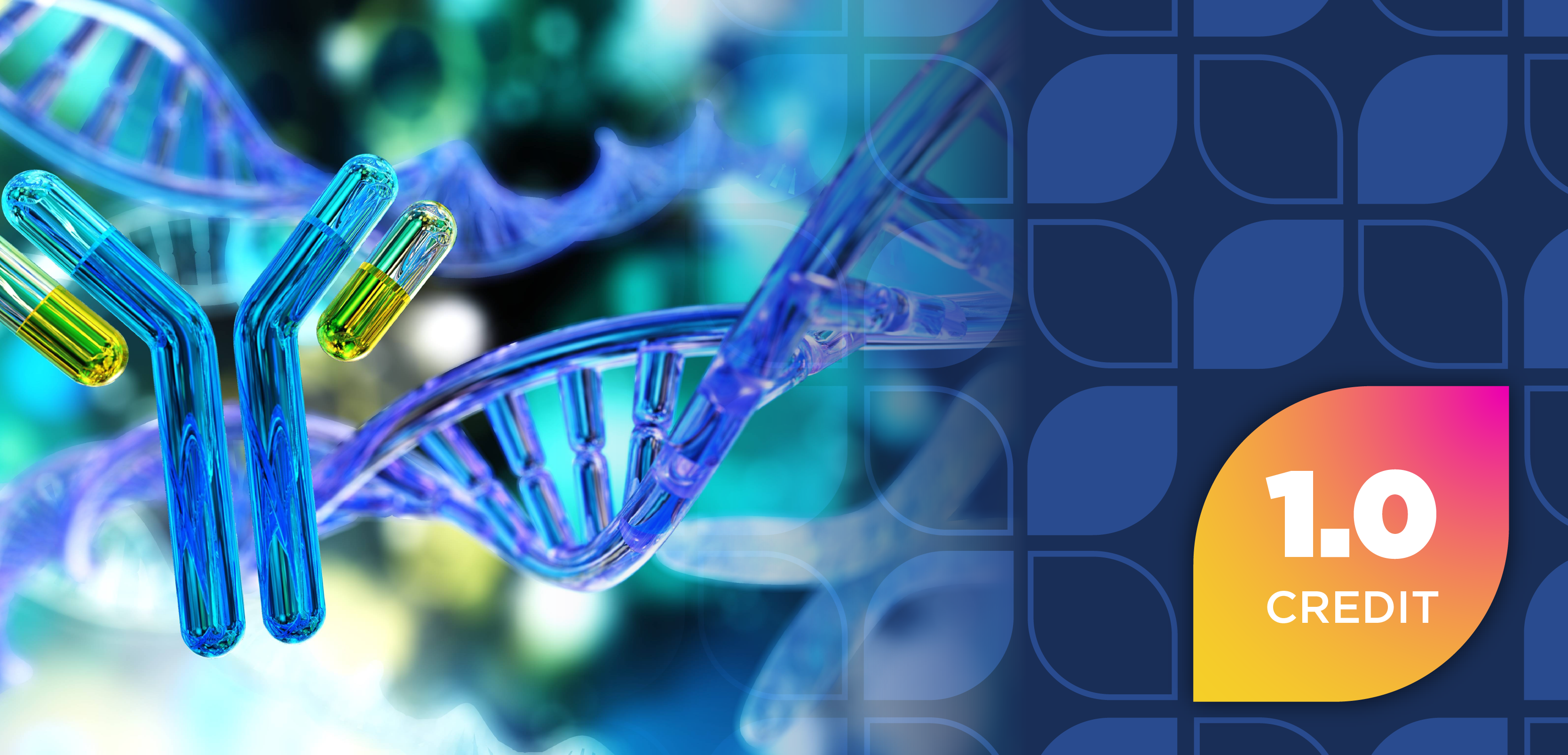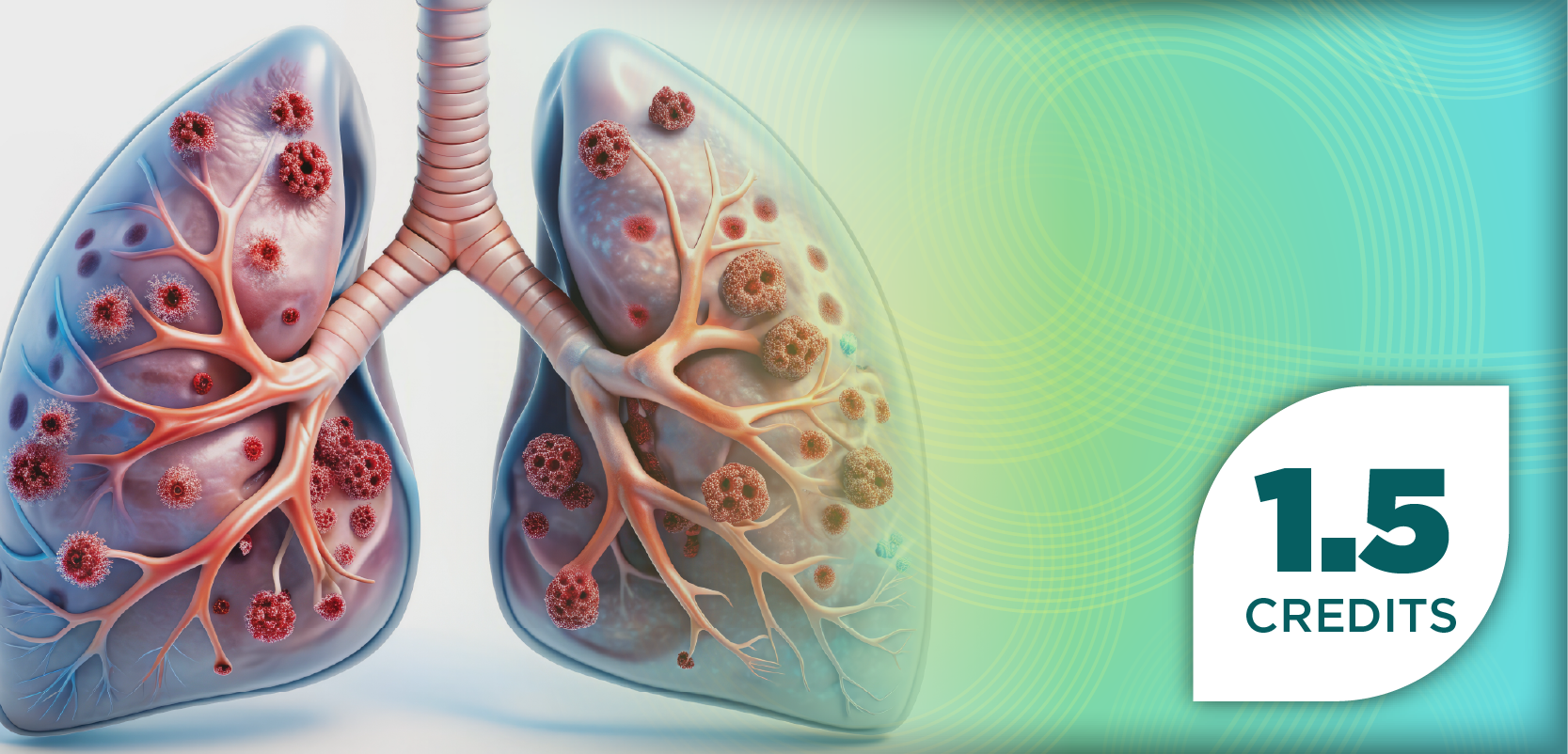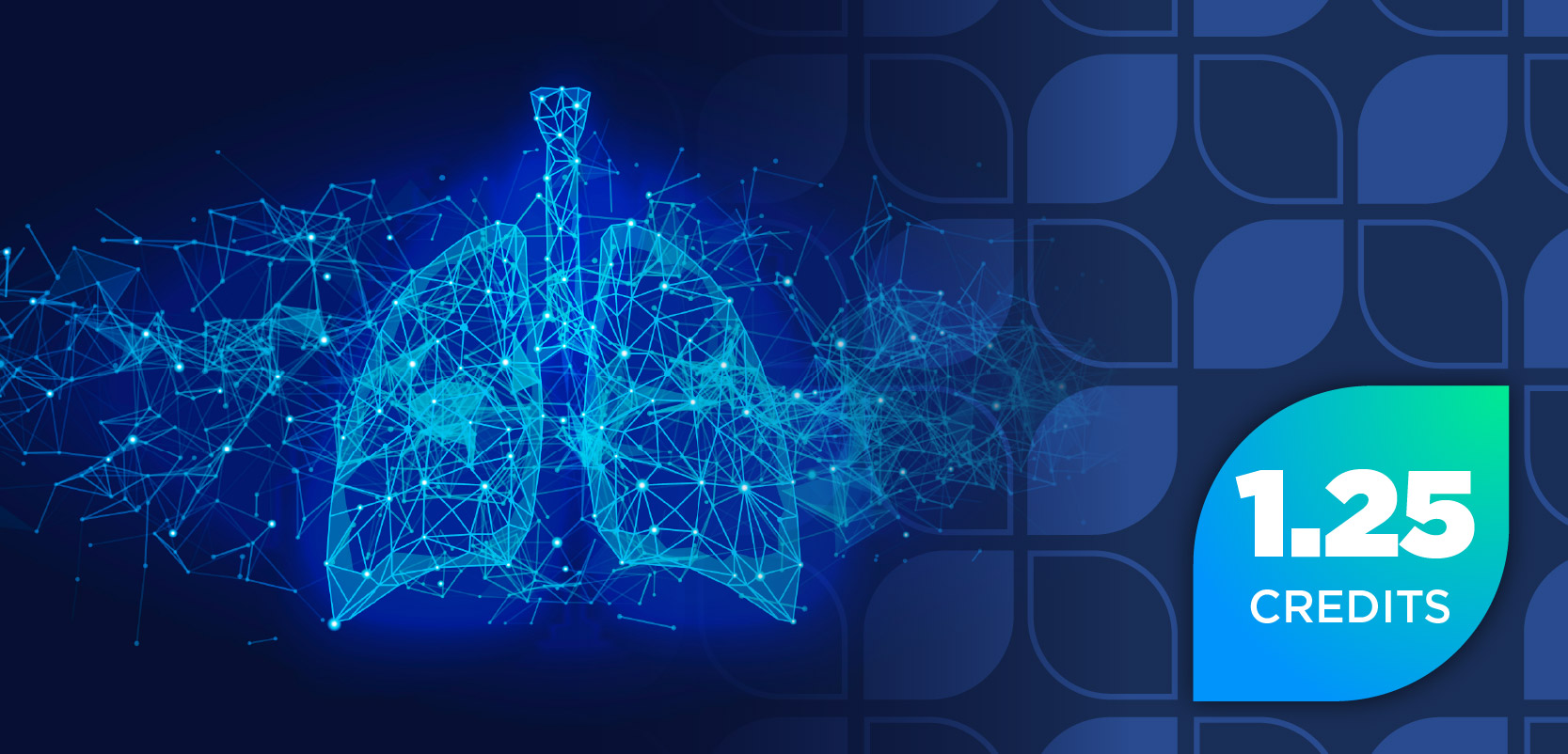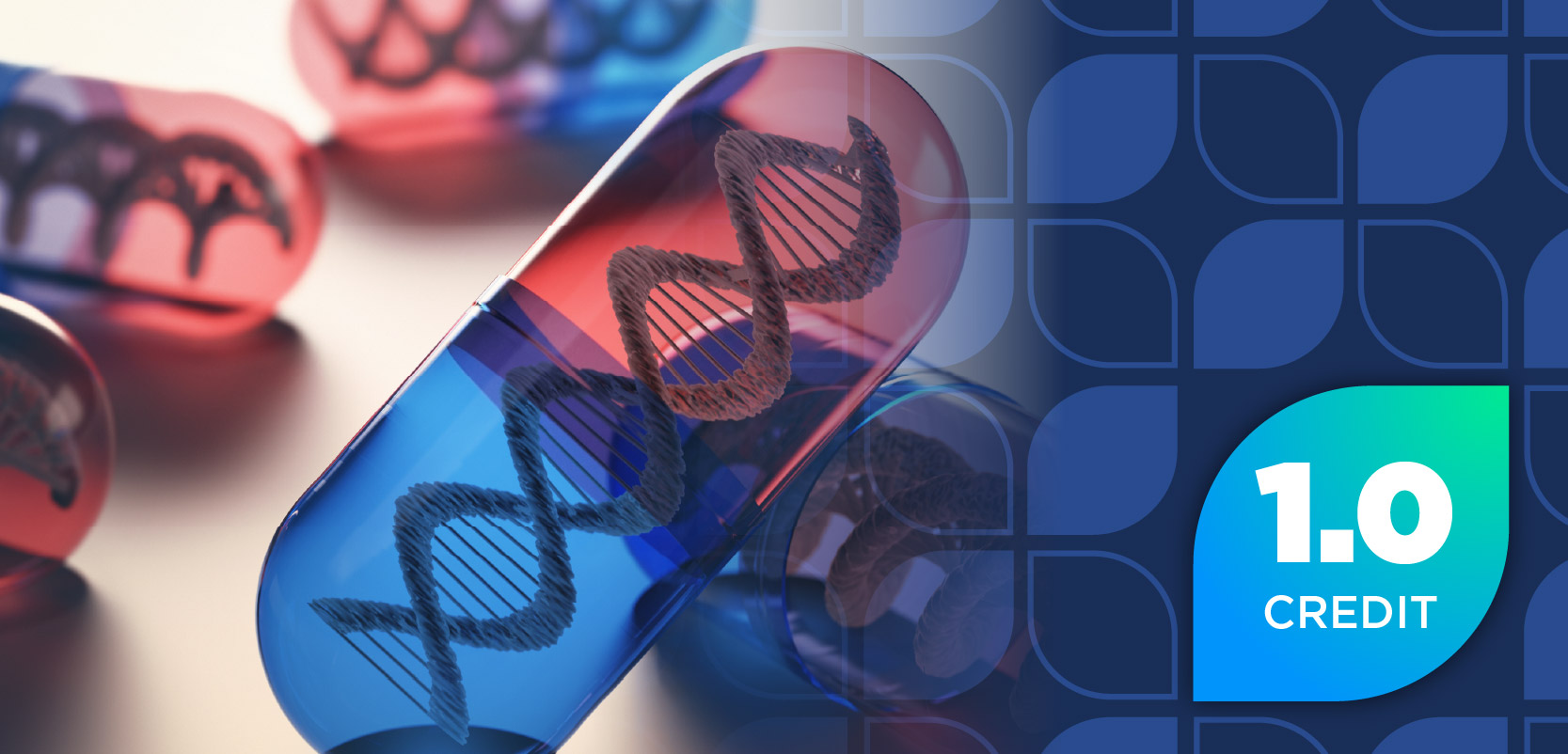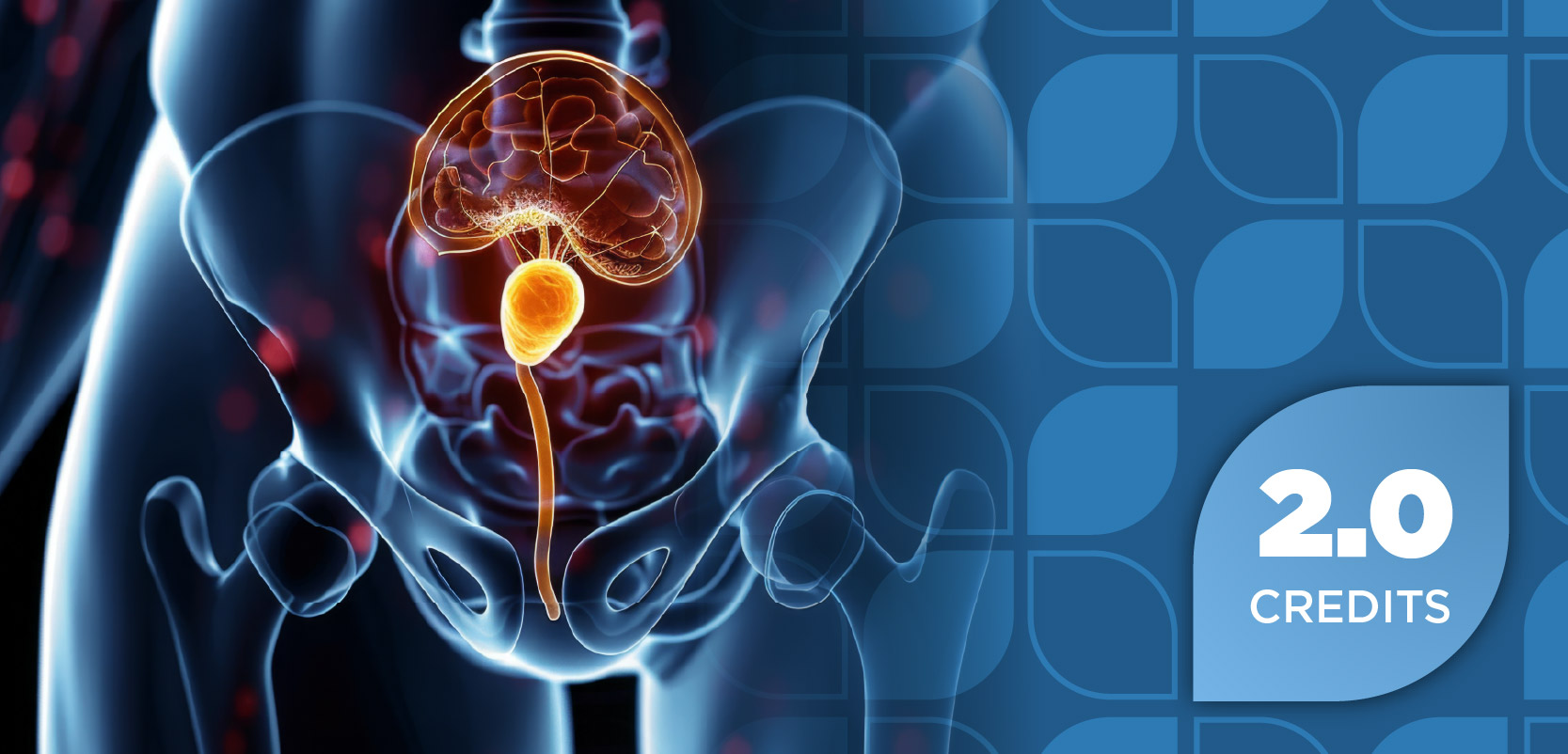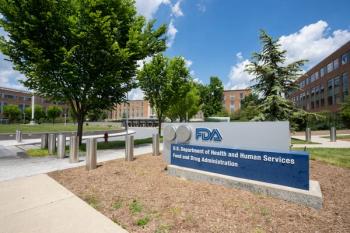
Study Finds Association Between Lung Cancers and Ultraprocessed Foods
Key Takeaways
- Increased UPF consumption is associated with higher risks of NSCLC and SCLC, as shown in a large cohort study.
- The study utilized data from the PLCO Cancer Screening Trial, involving 101,732 adults with a mean follow-up of 12.2 years.
Recent data link a higher consumption of ultraprocessed food to increased lung cancer risk, highlighting the need for dietary changes and further research.
A higher consumption of ultraprocessed foods (UPF) is associated with an increased risk of lung cancer, wrote authors of a study published in Thorax. The data, which notably demonstrated increased rates of non–small cell lung cancer (NSCLC) and small cell lung cancer (SCLC), emphasized a need for additional research to confirm the findings as well as the need to limit UPF.1
According to research published in Nature Medicine, there are approximately 3 billion people with overweight or obesity worldwide, driving increased risks of noncommunicable disease and early death. One proposed cause has been a result of major changes in the food environment—particularly, the increased accessibility and consistency of UPF consumption. These foods are essentially formulations that combine extracts of original foods with additives and industrial ingredients (eg, breakfast cereals, sweets, and mass-produced bread). Higher UPF intakes are associated with increased risks of obesity, cardiometabolic disease, and all-cause mortality.2
For the referenced study, the investigators wanted to determine whether an increased risk of lung cancer—particularly NSCLC and SCLC—was associated with the consumption of UPF. They utilized data from participants in the Prostate, Lung, Colorectal and Ovarian (PLCO) Cancer Screening Trial. Dietary intakes were assessed through a validated diet history questionnaire. The foods were categorized using the NOVA classification according to the degree of processing in the PLCO Cancer Screening Cohort.1
Throughout the study’s duration, all cases of incident lung cancer were pathologically verified. Study participants were asked to self-report lung cancer diagnoses through annual questionnaires. In addition, participants who had abnormal chest x-ray screenings and cases notified by relatives were referred to their primary care provider for follow-up. Later, all diagnoses of lung cancer were confirmed through medical record abstraction.1
Multivariable Cox regression was used to assess the association between consumption of UPF and lung cancer after adjustment for various potential confounders, including key risk factors related to lung cancer and overall diet quality.1
A total of 101,732 adults (mean age: 62.5 years) were included in the study, and 1706 lung cancer cases—of which 1473 were NSCLC and 233 SCLC—were identified during a mean follow-up of about 12.2 years. After multivariable adjustments were made, individuals in the highest quarters for UPF consumption had a higher risk of lung cancer (HR, 1.41; 95% CI, 1.22-1.60), NSCLC (HR, 1.37; 95% CI, 1.20-1.58), and SCLC (HR, 1.44; 95% CI, 1.03-2.10) compared with those in the lowest quarter. Of note, the investigators wrote that these results remained statistically significant even after a large range of subgroup and sensitivity analyses.1
The UPF of interest in this study included the following: dairy products (eg, sour cream, cream cheese, ice cream, frozen yogurt), fried foods, bread, sweets (eg, cookies, cakes, pastries), salty snacks, breakfast cereals, instant noodles, as well as soft drinks and artificially sweetened fruit drinks, among others. The average energy-adjusted UPF consumption was about 2.8 servings per day per person, with intake ranging from 0.5 servings per day in the lowest intake quarter to 6.0 in the highest. The most commonly consumed types of food observed by the investigators were lunch meat (11.1%), diet or caffeinated soft drinks (7.3%), and decaffeinated soft drinks (6.6%).1,3
"Given the high burden of lung cancer and the growing consumption of UPF, a better characterization of UPF and lung cancer risk will have a direct impact on informing cancer control and prevention through modifying health behaviors and developing tailored primary prevention," Wu and colleagues said.1,3
REFERENCES
1. Wang K, Zhao J, Yang D, Sun M, Zhou W, Wu Y. Association between ultra-processed food consumption and lung cancer risk: a population-based cohort study. Thorax. 2025. doi:10.1136/thorax-2024-222100
2. Dicken SJ, Jassil FC, Brown A, et al. Ultraprocessed or minimally processed diets following healthy dietary guidelines on weight and cardiometabolic health: a randomized, crossover trial. Nat Med. Published online 2025, August 4. doi:10.1038/s41591-025-03842-0
3. MedPage Today. Study Reveals Link Between Junk Food and Lung Cancer Risk. News release. July 31, 2025. Accessed August 5, 2025. https://bit.ly/4leQZzM
Newsletter
Stay informed on drug updates, treatment guidelines, and pharmacy practice trends—subscribe to Pharmacy Times for weekly clinical insights.

